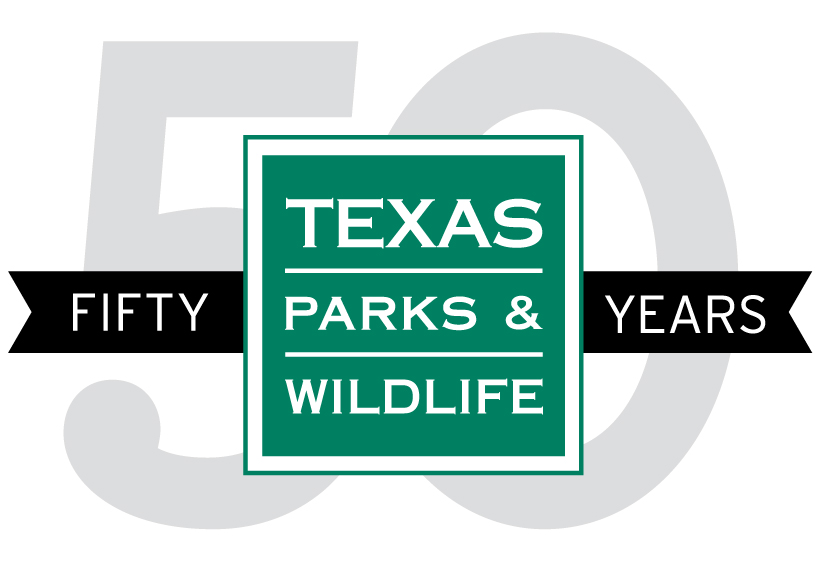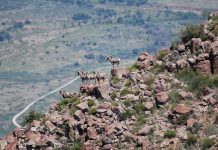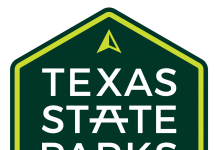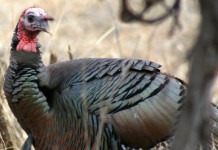Texas deer hunters again are urged to properly dispose of carcasses from deer they shoot to help prevent the spread of infectious diseases, particularly chronic wasting disease, which remains a low-level yet viable threat in far West Texas.
Deer can become infected with the disease if they come into contact with other infected deer or an environment contaminated with CWD prions. While those prions are found throughout the body of an infected deer, they are known to accumulate in the brain, spinal cord, eyes, spleen and lymph nodes, Texas Parks and Wildlife Department biologists have said.
Chronic wasting disease was first found in Texas in Hudspeth and El Paso counties two years ago and the disease appears to be limited to those remote areas thanks in large part to hunter diligence, restricting unnatural movement of deer and ongoing measures to monitor and sample for evidence of the disease.
Hunters who harvest deer in the accompanying containment zone in that area are required to present the unfrozen head of the deer to a designated check station within 24 hours in order to have tissue samples removed for CWD testing. Hunters in that area also are urged to not take whole carcasses out of the containment zone,or carcass parts that contain brain, spinal cord, eyes, spleen or lymph nodes.
“We recommend hunters in the Containment Zone and High Risk Zone quarter deer in the field and leave all but the quarters, backstraps and head at the site of harvest, if it is not possible to bury the inedible carcass parts on the ranch or take them to a landfill,” said Shawn Gray, mule deer program leader for TPWD, in a news release.
Safe handling recommendations:
- Avoid cutting through bones, spine or brain when processing deer.
- If processing harvested deer in camp or at home, place carcass parts in trash bags and properly dispose of them through a trash service or landfill.
- For taxidermy work, use a licensed taxidermist to ensure proper carcass disposal.
Safe parts to transport:
- Quarters or other portions of meat with no part of the spine or head attached
- Hides or capes from which all excess tissue has been removed
- Antlers, including antlers attached to skull plates or skulls cleaned of muscle and brain tissue.






















